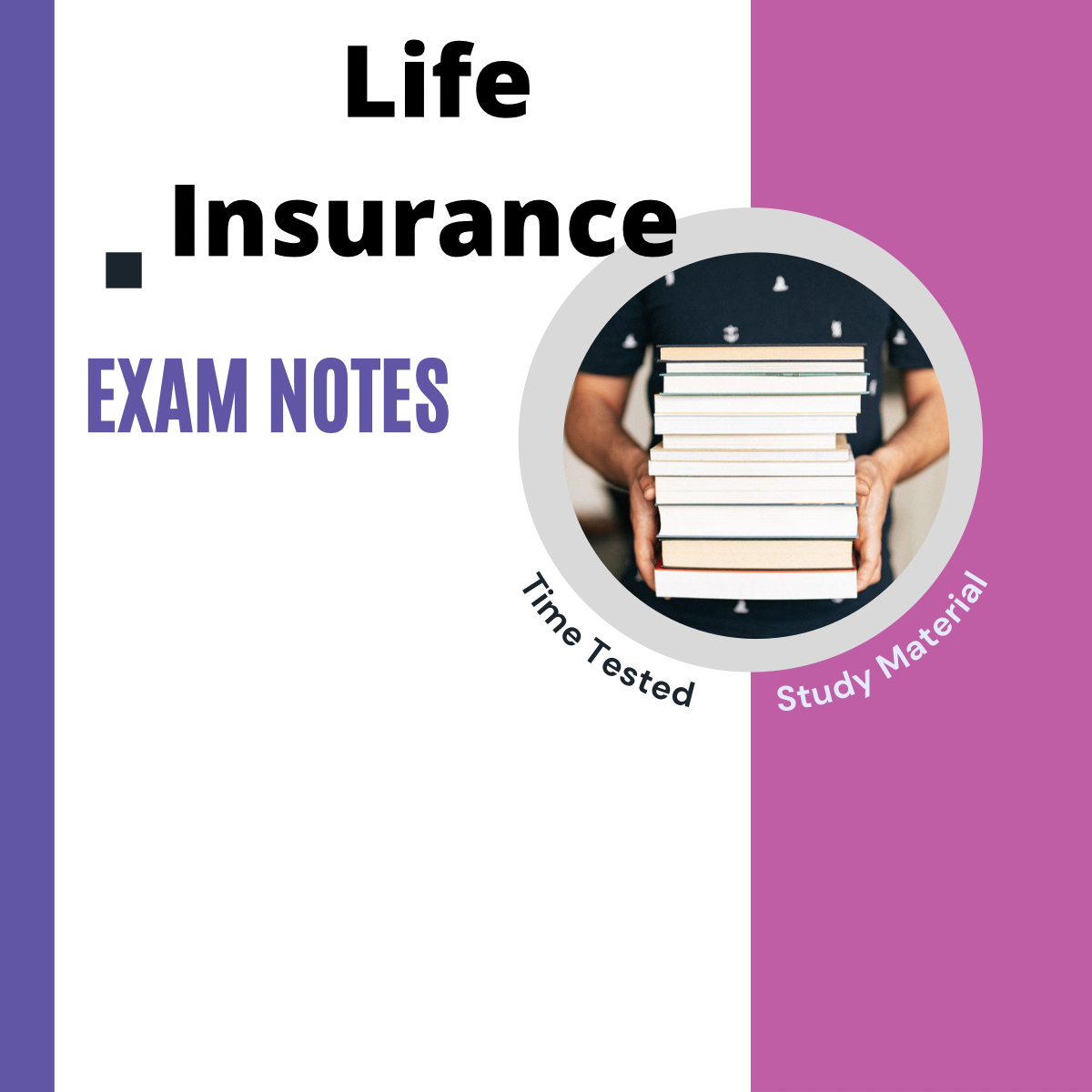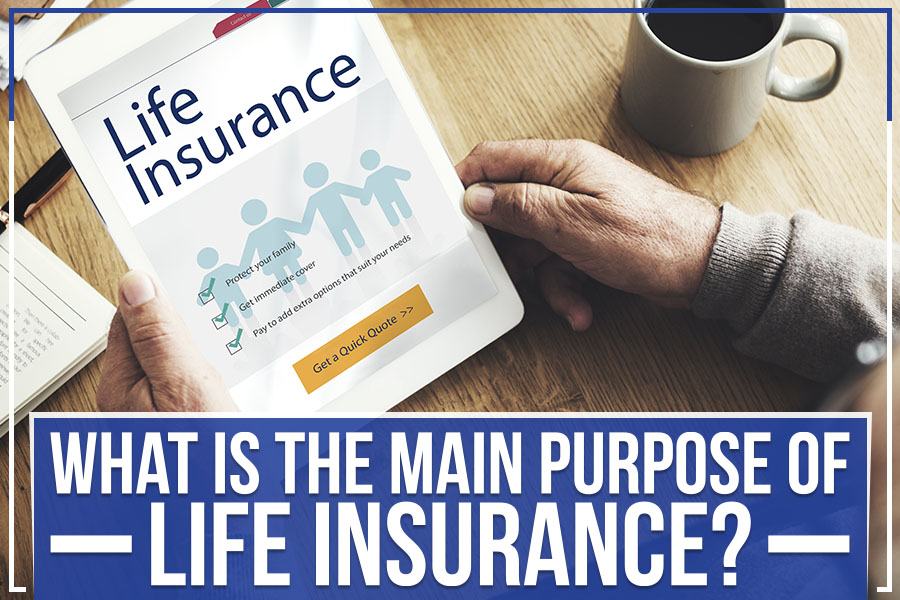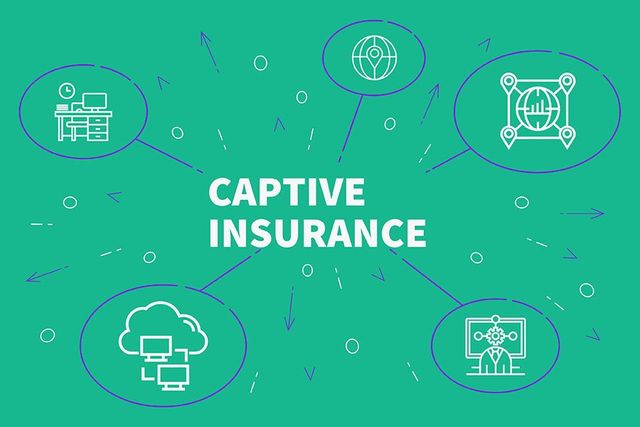Pacific Prime Things To Know Before You Buy
Table of ContentsSome Known Questions About Pacific Prime.Unknown Facts About Pacific PrimeThe Buzz on Pacific PrimeNot known Details About Pacific Prime
In most states, the insurance firm is needed to send you a copy of the modifications to your plan. It is necessary that you check out Endorsements or Bikers so you recognize how your policy has altered and if the plan is still ample to fulfill your requirements. To obtain a duplicate of your insurance plan, please call your insurance coverage agent or business.
The Institute of Medication (IOM) Committee on the Consequences of Uninsurance launches a prolonged examination of evidence that addresses the significance of health insurance policy coverage with the magazine of this report. Coverage Matters is the very first in a series of 6 records that will certainly be provided over the following two years recording the truth and consequences of having an approximated 40 million people in the United States without health insurance policy coverage.

All About Pacific Prime
The goal of this series of studies is to redouble plan attention on a longstanding issue. Following the longest financial development in American history, in 1999, an approximated one out of every six Americans32 million grownups under the age of 65 and greater than 10 million childrenremains without insurance (Mills, 2000).

10 percent of the population make up 70 percent of healthcare expenses, a relationship that has remained consistent over the past three years (Berk and Monheit, 2001) - global health insurance. Therefore health insurance coverage remains to serve the feature of spreading risk even as it significantly funds routine treatment. From the viewpoint of health care companies, insurance lugged by their individuals helps protect an income stream, and neighborhoods gain from financially viable and secure wellness treatment experts and establishments
Federal government gives medical insurance to populaces whom the exclusive market might not offer efficiently, such as disabled and elderly persons, and populaces whose accessibility to healthcare is socially valued, such as kids and pregnant women. The utmost ends of wellness insurance protection for the private and areas, consisting of work environment communities of workers and companies, are boosted wellness results and quality of life.
How Pacific Prime can Save You Time, Stress, and Money.
Staff members rate medical insurance first by far in value among all the advantages offered in the workplace (Salisbury, 2001). There have been substantial investments of individual and public funds to offer wellness insurance, many individuals still have no coverage. In spite of considerable coverage of survey findings and health care research results, the basic public stays confused and mistaken about Americans without medical insurance and the implications of doing not have coverage.

Without doubt, the intricacy of American healthcare funding mechanisms and the riches of resources of info include in the general public's complication and skepticism about health and wellness insurance coverage statistics and their analysis. This record and those that will adhere to purpose to distill and provide in readily easy to understand terms the considerable study that bears upon inquiries of wellness insurance policy coverage and its value.
Fifty-seven percent of Americans surveyed in 1999 thought that those without medical insurance are "able to obtain the care they need from doctors and health centers" (Blendon et al., 1999, p. 207). In 1993, when nationwide interest was concentrated on the problems of the without insurance and on pending healthcare regulation, just 43 percent of those surveyed held this belief (Blendon et al., 1999).

They also get fewer preventive solutions and are much less most likely to have normal look after chronic conditions such as hypertension and diabetes. Chronic illness can cause pricey and disabling problems if they are not well managed (Lurie et al., 1984; Lurie et al., 1986; Ayanian et al., 2000). One nationwide survey asked even more than 3,400 adults concerning 15 check out this site extremely major or morbid conditions.
The Greatest Guide To Pacific Prime
Extra proof exists later in this chapter in the conversation of insurance policy and access to health care. https://www.webtoolhub.com/profile.aspx?user=42386420. Individuals without health and wellness insurance coverage are young and healthy and balanced and choose to go without coverage. Virtually half (43 percent) of those evaluated in 2000 thought that individuals without health and wellness insurance are most likely to have health issue than people with insurance
Voters and policy manufacturers in focus group discussions define those without insurance as youngsters that have the possibility to be covered and feel they do not require it (Concierge Novelli, 2001). Compared to those with at least some private insurance coverage, the uninsured are much less likely to report remaining in excellent or great wellness (Agency for Medical Care Research Study and Top Quality, 2001).
RESOURCE: Facility for Price and Financing Researches, Agency for Healthcare Research and High quality, based on MEPS data. Youthful adults in between 19 and 34 are even more most likely to do not have health insurance than any kind of other age. This is mainly since they are less commonly qualified for employment-based insurance policy because of the nature of their job or their brief period in it.
The assumption that people without insurance have better-than-average wellness follows from confusing the reasonably young age account of the without insurance with the much better wellness, generally, of more youthful persons. This covers the web link in between wellness status and medical insurance. For those without access to office medical insurance, poor wellness is a potential obstacle to purchasing nongroup protection because such protection might be very valued, leave out preexisting problems, or be merely unavailable.